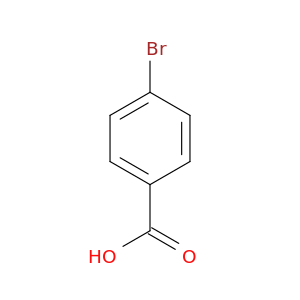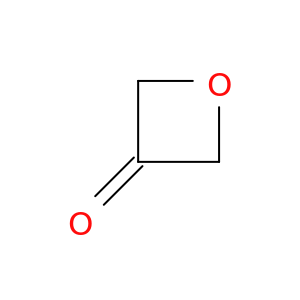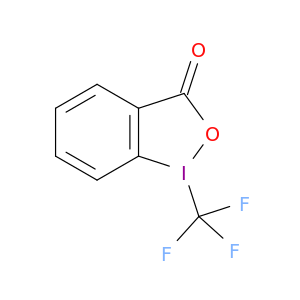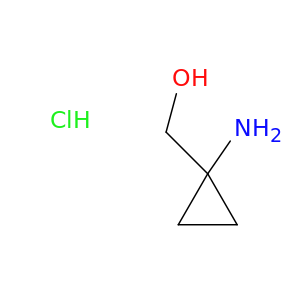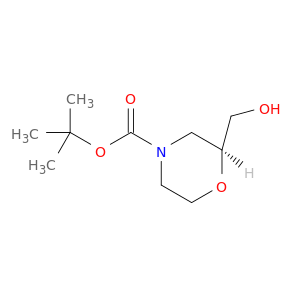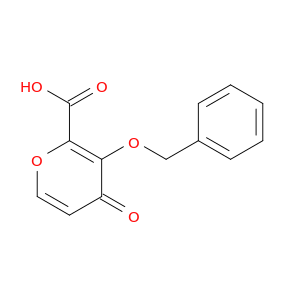200,000+ products from a single source!
sales@angenechem.com
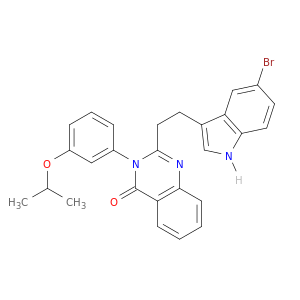
133040-77-4 | 4(3H)-Quinazolinone, 2-[2-(5-bromo-1H-indol-3-yl)ethyl]-3-[3-(1-methylethoxy)phenyl]-
CAS No: 133040-77-4 Catalog No: AG0011KT MDL No:
Product Description
Catalog Number:
AG0011KT
Chemical Name:
4(3H)-Quinazolinone, 2-[2-(5-bromo-1H-indol-3-yl)ethyl]-3-[3-(1-methylethoxy)phenyl]-
CAS Number:
133040-77-4
Molecular Formula:
C27H24BrN3O2
Molecular Weight:
502.4024
IUPAC Name:
2-[2-(5-bromo-1H-indol-3-yl)ethyl]-3-(3-propan-2-yloxyphenyl)quinazolin-4-one
InChI:
InChI=1S/C27H24BrN3O2/c1-17(2)33-21-7-5-6-20(15-21)31-26(30-25-9-4-3-8-22(25)27(31)32)13-10-18-16-29-24-12-11-19(28)14-23(18)24/h3-9,11-12,14-17,29H,10,13H2,1-2H3
InChI Key:
KUECXUACQOYKNB-UHFFFAOYSA-N
SMILES:
CC(Oc1cccc(c1)n1c(CCc2c[nH]c3c2cc(Br)cc3)nc2c(c1=O)cccc2)C
Properties
Complexity:
728
Compound Is Canonicalized:
Yes
Covalently-Bonded Unit Count:
1
Defined Atom Stereocenter Count:
0
Defined Bond Stereocenter Count:
0
Exact Mass:
501.105g/mol
Formal Charge:
0
Heavy Atom Count:
33
Hydrogen Bond Acceptor Count:
3
Hydrogen Bond Donor Count:
1
Isotope Atom Count:
0
Molecular Weight:
502.412g/mol
Monoisotopic Mass:
501.105g/mol
Rotatable Bond Count:
6
Topological Polar Surface Area:
57.7A^2
Undefined Atom Stereocenter Count:
0
Undefined Bond Stereocenter Count:
0
XLogP3:
5.9
Literature
| Title | Journal |
|---|---|
| Anxiogenic effect of CCK8s in the ventral hippocampus of rats: possible involvement of GABA(A) receptors. | Pharmacological reports : PR 20120101 |
| Rapakinin, Arg-Ile-Tyr, derived from rapeseed napin, shows anti-opioid activity via the prostaglandin IP receptor followed by the cholecystokinin CCK(2) receptor in mice. | Peptides 20110201 |
| Stress impairs GABAergic network function in the hippocampus by activating nongenomic glucocorticoid receptors and affecting the integrity of the parvalbumin-expressing neuronal network. | Neuropsychopharmacology : official publication of the American College of Neuropsychopharmacology 20100701 |
| Rapakinin, an anti-hypertensive peptide derived from rapeseed protein, dilates mesenteric artery of spontaneously hypertensive rats via the prostaglandin IP receptor followed by CCK(1) receptor. | Peptides 20100501 |
| Chronic stimulation of corticotropin-releasing factor receptor 1 enhances the anxiogenic response of the cholecystokinin system. | Molecular psychiatry 20090301 |
| The CCK-system underpins novelty-seeking behavior in the rat: gene expression and pharmacological analyses. | Neuropeptides 20080601 |
| The CCK-system mediates adaptation to novelty-induced stress in the rat: a pharmacological evidence. | Neuroscience letters 20071120 |
| Cholecystokinin-2 receptors modulate freezing and escape behaviors evoked by the electrical stimulation of the rat dorsolateral periaqueductal gray. | Brain research 20070702 |
| Lack of interaction between NMDA and cholecystokinin-2 receptor-mediated neurotransmission in the dorsolateral periaqueductal gray in the regulation of rat defensive behaviors. | Life sciences 20061102 |
| Involvement of dorsolateral periaqueductal gray cholecystokinin-2 receptors in the regulation of a panic-related behavior in rats. | Brain research 20051012 |
| Cholecystokinin and GABA interaction in the dorsal hippocampus of rats in the elevated plus-maze test of anxiety. | Physiology & behavior 20050413 |
| Analysis of strain difference in behavior to Cholecystokinin (CCK) receptor mediated drugs in PVG hooded and Sprague-Dawley rats using elevated plus-maze test apparatus. | Neuroscience letters 20040401 |
| Genetic variations in CCK2 receptor in PVG hooded and Sprague-Dawley rats and its mRNA expression on cat exposure. | Behavioral neuroscience 20030401 |
| Strain differences in freezing behavior of PVG hooded and Sprague-Dawley rats: differential cortical expression of cholecystokinin2 receptors. | Neuroreport 20010828 |
Related Products
Featured Products
© 2019 Angene International Limited. All rights Reserved.


